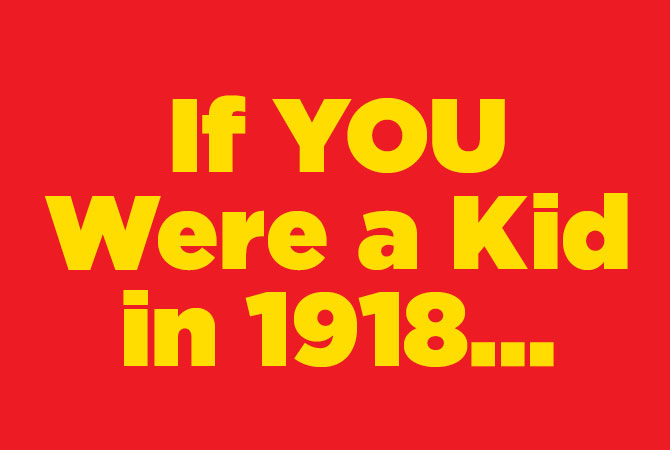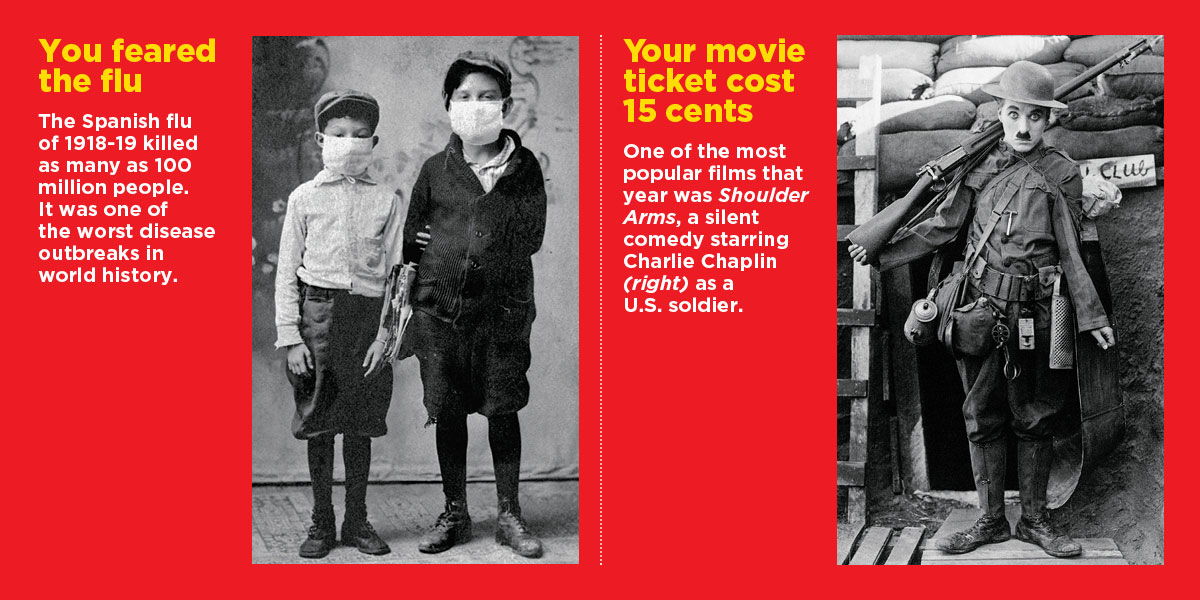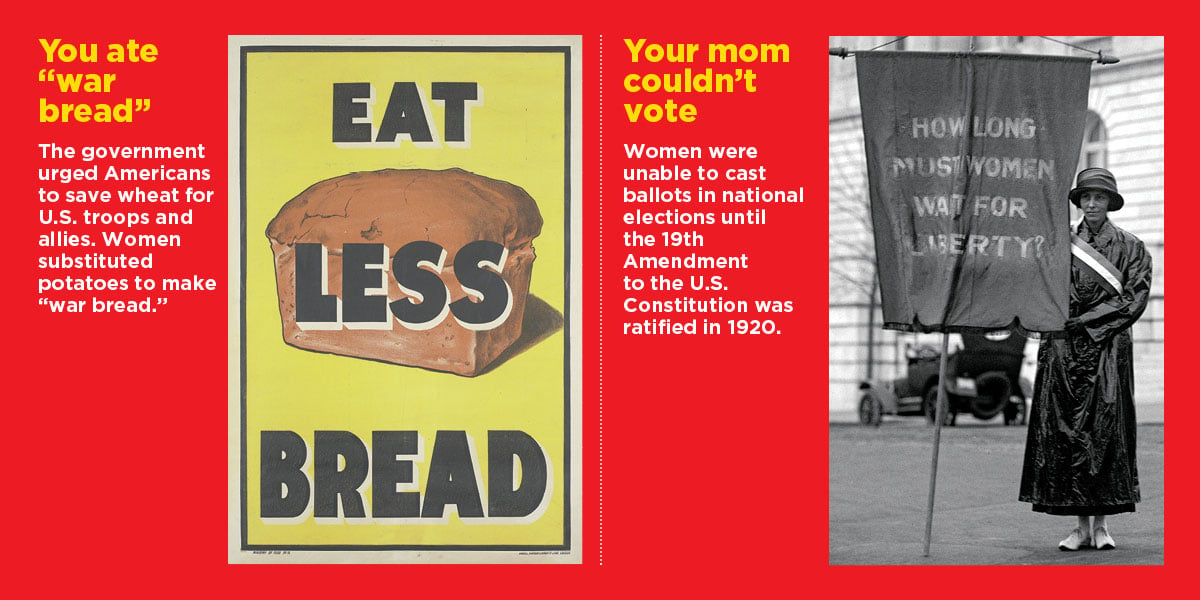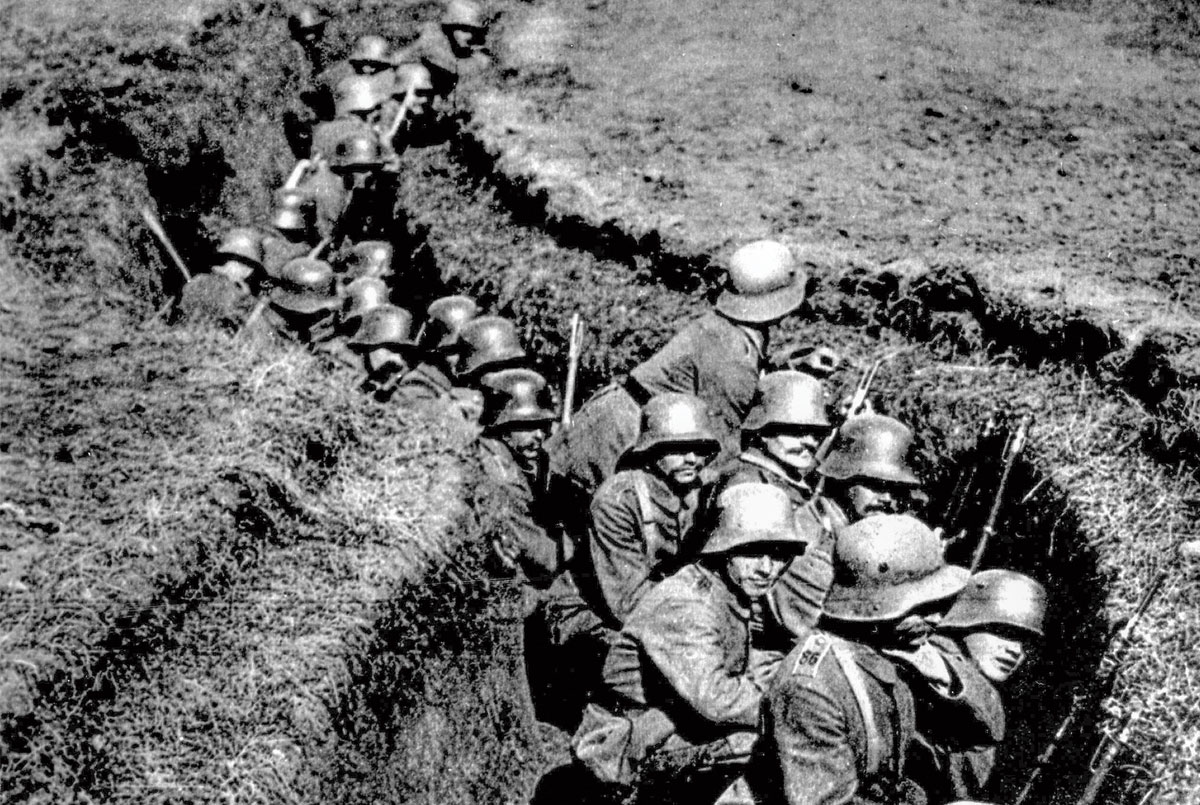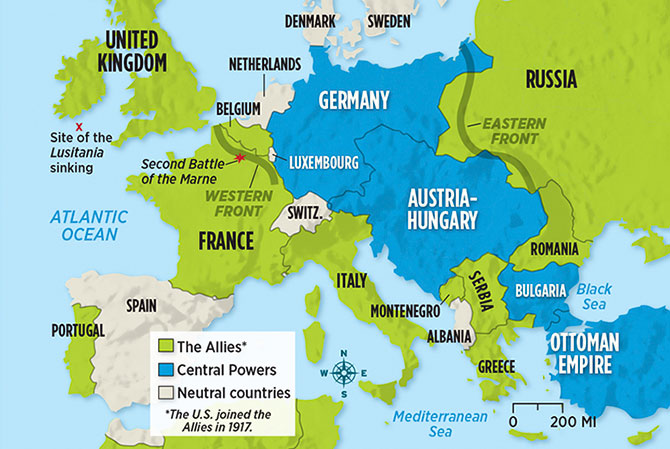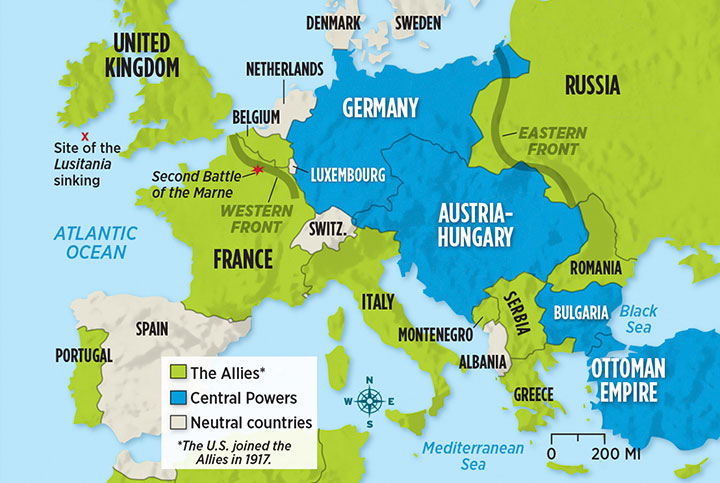In one moment, the world stopped and began again. On November 11, 1918, at exactly
11 a.m. Paris time, bells rang and celebrations broke out all over the globe. After four years and millions of deaths, World War I was over.
The timing had been laid out in an armistice—an agreement to stop fighting—written by the war’s victors. They were called the Allied Powers. Led by France, the United Kingdom (U.K.), and the United States, the Allies had forced their defeated enemy, Germany, to sign the agreement.
The conflict it ended was so massive, people referred to it simply as the Great War. Up to that point in history, it was the bloodiest war ever. About 20 million people—both soldiers and
“Europe lost those who might have been its scientists, its poets, and its leaders,” historian Margaret MacMillan has written of the conflict. “And the children who might have been born to them.”
This November 11, bells will again ring around the world to celebrate the 100th anniversary of the end of World War I. The war continues to influence our world. Here are some essential things to know about it.


